Just as it looked like it would be safe to come out to play, there was uncertainty within the music industry again.
What had become the artists’ favourite platform thanks to its low commission and 0% Fridays, Bandcamp was taken over by Epic Games in 2022 but then following a move by employees to unionise, was sold to Songtradr who immediately dismissed half of its staff… in hindsight, despite its proclamation that this platform cared about the music, it looked like this had been yet another start-up by tech venture capitalists. Just as many acts dropped their own websites in favour of Facebook over a decade ago but were then trapped into sponsored posts to reach the majority of their own fanbase, online shops had been dropped for Bandcamp. So, things are back to square one as many consider a rebuild of their web presence.
Meanwhile, Live Nation CEO Michael Rapino made a controversial declaration that concert ticket prices were generally too low and that artists could easily “charge a bit more”. While THE CURE notably refused to do this and capped their face value tickets at $20 for their US tour, the Live Nation sister outlet Ticketmaster applied excessive booking extras of more than $20 per ticket for a “service fee”, “facility charge” and “order processing”! With dynamic pricing in place at a number of high profile events and so-called VIP tickets on the rise (which didn’t actually include a meet ‘n’ greet but only a nearby bar and a lanyard), fans had their “FOMO” anxieties triggered and simply paid up!
Another artist who kept ticket prices low was Midge Ure who embarked on the successful ‘Voices & Visions’ tour after a year’s delay due to uncertainties over the Covid situation in 2022. Complimented by a straightforward but very effective light show and material from his second and third long players with ULTRAVOX ‘Rage In Eden’ and ‘Quartet’, it was a triumph. He was rewarded with a 70th birthday show celebrating his career at The Royal Albert Hall, which despite its plush surroundings was also kept affordable.
Who says an artist has no control over retail pricing? But one band who were shamelessly happy to charge more for concert tickets, more for merchandise and more for physical releases were DEPECHE MODE. For their first album and tour since the passing of co-founder Andy Fletcher in 2022, the remaining members played the death card with ‘Momento Bori’ and managed to plonk an even more underwhelming arena show into the stadiums of the world… at least the ‘Global Spirit’ tour featured risers!
With renowned UK venues such as Printworks and Moles closing down, as had already been highlighted by Juls Garat of US goth band PILGRIMS OF YEARNING via social media in 2022: “If you’re spending a kidney on DEPECHE MODE tickets and not attending a local show this weekend, I don’t wanna see you complaining that there’s no scene, local venues or new music anymore”. However, one seemingly oblivious Devotee said about the inflated ticket prices: “Really don’t know what the issue is. Happily paid £108.00 for a DM ticket. Would have paid more!!”. And therein lays the problem… DEPECHE MODE played a date at Stadion Wankdorf in Bern and that said it all! As the man who Devotees call a genius once wrote: “Some great reward will be coming my way…”
As The Devotees wallowed in their collective misery during 2023, the Stockholm Syndrome was stronger than ever. On the Bratislava leg at the National Football Stadium, one of The Black Swarm commented to ELECTRICITYCLUB.CO.UK: “I was there… I must admit, a bit disappointed… but I still love them!!!”. It was business as usual for DEPECHE MODE, with “business” being the operative word. It was reported that so much money had been sucked out of the European alternative music market in particular that a number of acts had to schedule their planned tours to 2024, while others who had made good albums worthy of attention in 2023 got lost in the sea of DM propaganda on the web.
Despite increased ticket prices at all levels, gig etiquette declined to the worst possible standards with the constant chatter and bad manners among some attendees. Surely if you have paid upwards of £30 or more for a show, you might want to pay more attention and enjoy it? ELECTRICITYCLUB.CO.UK has never seen it this bad in the 43 years it has been going to concerts, but this entitled arrogance to talk extremely loudly about total bollocks is a undoubted legacy of Brexit and Covid which in combination has normalised a lack of social graces in gathered environments… and when challenged, these total numbskulls become aggressive, pitifully unaware that they are ruining the evening of those around them.
Meanwhile, there was another undesirable element who only go to gigs to post selfies and badly distorted footage on their socials… these were often the sort of people who actually hated the band back in the day, but after 40+ years realised they like the song on the Vitality or Waitrose advert so are sudddenly giving it the big “I AM” about being a fan… but BECAUSE they are only there for one song, they then treat the rest of the gig like they were out with their mates in the pub! 🤬
The best live shows of the year came from PET SHOP BOYS and DURAN DURAN with their arena extravaganzas full of hits, classic fan favourites and great staging. Among the album celebrations, CHINA CRISIS ran through their second long player ‘Working With Fire & Steel – Possible Pop Songs Volume 2’ on tour to celebrate its 40th anniversary and founder bassist Peter Hook took the first NEW ORDER compilation ‘Substance’ out on the road to coincide with its expanded 4CD reissue.
“Sweden’s best kept pop secret” KITE impressed with an imitate headliner for their debut London gig and later at Cologne’s Amphi Festival to a much larger crowd, while the return of Ollie Wride to the London stage at The Scala illustrated why he has potential to be the next synthwave artist to crossover into the mainstream.
‘Time’s Arrow’, LADYTRON’s second album since their return from hiatus proved to be something of a disappointment while fairing slightly better with its anti-Brexit sentiments, ‘Bauhaus Staircase’ was touted as the final album from OMD; now kissing the strict machine, having previously been supportive of new electronic pop via ELECTRICITYCLUB.CO.UK championed acts MIRRORS, VILLA NAH, VILE ELECTRODES, METROLAND, TINY MAGNETIC PETS and SOFTWAVE, their choice of art glam hipsters WALT DISCO as opening act on the UK leg of the 2024 tour was symbolic of the general poor state of modern synthpop ie pop music using synths, particularly within the narrow-mindset of Brexit Britain.
Although the UK was continuing to party like it was 1933, the incendiary language that Cruella Braverman was using was so extreme that she was even dismissed from fronting the Conservative Party new wave covers band A FLOCK OF SIEG HEILS… as a trio of poets from South Yorkshire once said: “BROTHERS! SISTERS! WE DON’T NEED THIS FASCIST GROOVE THANG!” ✊
Reflecting a wider issue, 2023 also saw ELECTRICITYCLUB.CO.UK publish its fewest number of ‘Introducing…’ new artist articles since its inception in 2010 with only Brigitte Bardini and Madeleine Goldstein featured. There were a number of possible reasons…
“The technology leads the art form and it always has” said veteran producer Steve Lillywhite on a recent Rockonteurs podcast, “if the technology allows you to reference other people’s records… you WILL do that!”. This was summed up by an Apple Mac advert featuring sample-based British pop singer PinkPantheress demonstrating how to have a hit by appropriating a topline from Kelly Rowland and plonking it into GarageBand before processing her voice through AutoTune and nabbing the intro of ‘Gold’ by SPANDAU BALLET… you said it yourself Miss Walker, IT SOUNDS LIKE GARBAGE!
While the accessibility, usability and sound quality of modern tech has totally democratised music making, as another veteran producer Stephen Hague put it to ELECTRICITYCLUB.CO.UK “it’s made it far too easy”, with the end result being familiarity and imitation rather than innovation. Now that an acceptable sound is able to be obtained fairly quickly on software such as GarageBand, the level of songwriting has generally declined in many genres. Artists abstain from putting in the hard work towards the actual songcraft because they think their track is already great, as it sounds like someone they’ve based it on!
However, the misuse of “synth” as a description reached a new nadir in 2023. There were those using “synth” or “synthwave” in their brand identity who proudly revealed via their Spotify Wrapped that their Top Genre was actually rock or made bizarre comments like “What I like most about synthwave is the guitar solos”. Meanwhile one artist declared they were synthpop because they had spent their youth “listening to too much Madonna”! But synth music as an enduring form is ultimately doomed when social media platforms using “Synthpop” in their idents think that guitar-based bands like BIG COUNTRY and COCTEAU TWINS are part of it, or compile acoustic playlists!! 🤦♂️
“Synth” has now somehow become is a general term for any retro-flavoured pop with an element of shiny artifice whether synthesizers have been used or not! These artists and “content creators” are now too young to understand what “synth” in music actually once meant and probably think the term is short for “synthetic” as in clothes and hair products, as opposed to “synthesizer”.
That said, 2023 was not all bad and there was a lot of excellent music. The song of the year was by the unlikely synth hero in glum rocker Lloyd Cole; while guitars made a more prominent but limited return on his album ‘On Pain’ following 2019’s electronically-dominated ‘Guesswork’, the standout song ‘The Idiot’ saw him provide a touching narrative on the relationship between David Bowie and Iggy Pop as they relocated to Berlin in 1976.
Swedish veterans PAGE took the Numanisation of their poptronica to its zenith by bringing in former imperial phase Numan band members Chris Payne and RRussell Bell on their new album ‘En Ny Våg’. Across the Öresund Bridge, Danish synthpop couple SOFTWAVE showed the world the ‘things we’ve done’.
Another music veteran Ricky Wilde teamed up with NINA to reveal their ‘Scala Hearts’; full of classic pop references and a modern sheen, this was the record Wilde had wanted to make for a few years but hadn’t been able to with his sister Kim. Its creative drive showed and this was also the best long player that NINA had been part of since she launched her solo career in 2011. In a busy year, NINA also found time to satisfy many a red blooded fantasy by collaborating with Kid Moxie on the ‘Lust’ EP released by Italians Do It Better.
The Finns were strong too, with Jaakko Eino Kalavi and Jori Hulkkonen producing two of the best albums of 2023. The former’s eclectic ‘Chaos Magic’ featured Alma Jodorowsky, Mr Silla and Jimi Tenor as special guests while the latter’s ‘There Is Light Hidden In These Shadows’ brought in John Grant, Ralf Dörper, Jake Shears, Jon Marsh, Juho Paalosmaa and Tiga.
While maintaining his front man role in MESH, Mark Hockings presented his solo project BLACKCARBURNING in long playing form and was ‘Watching Sleepers’. Also going it alone, Alison Goldfrapp squarely hit the dancefloor via ’The Love Invention’ with Kylie Minogue’s similarly glitzy ‘Tension’ as its companion. But with ACTORS still busy touring the world, the planned long playing debut from LEATHERS was yet to emerge but there were two new singles in the interim.
METROLAND and side project 808 DOT POP ambitiously released albums in five different formats with exclusive tracks on each between them simultaneously, in a move that had not been seen since 1978 when all four members of KISS released solo records on the same day. Much more discretely, ITALOCONNECTION came up with ‘Nordisko’ which comprised of Nordic pop disco covers. More ambient experiments were served by John Foxx, Vince Clarke, Patricia Wolf, Johan Agebjörn and the late Ryuichi Sakamoto, while putting those ethereal textures into song was Hinako Omori with her appropriately named second album ‘stillness, softness…’
Germany’s BEBORN BETON offered bleak commentary on the state of the planet with ‘Darkness Falls Again’ but encouraged everyone to be dancers in the dark while Chinese band STOLEN highlighted this ‘Eroded Creation’. Within their ‘Circle Of Doom’, NNHMN had pressing matters closer to home while ZANIAS emerged from her ‘Chrysalis’. FERAL FIVE confronted and worked with AI to declare ‘Truth Is The New Gold’ and Finlay Shakespeare tapped into his ‘Illusion + Memory’.
Among the promising emergent acts with debut EPs were NEU-ROMANCER and DIE SEXUAL while German solo artists Jennifer Touch and Laura Dre added to their long playing portfolios, as did OHNOTHING and BUNNY X. Fronted by respectively by John Grant and Neil Arthur, CREEP SHOW and THE REMAINDER outlined the benefits of collaboration while CAUSEWAY joined forces with R. MISSING for the single ‘Wear The Night Out’.
Despite having plied their trade for over 50 years, SPARKS continued to be as eccentric as ever and even had Cate Blanchett appear in the video for ‘The Girl Is Crying In Her Latte’. With ‘*Happiness now completed’ and Dave Ball returning to the live fold after a period of serious illness, SOFT CELL effectively issued another new album featuring a significant number of previously unreleased tracks including covers of Giorgio Moroder and X-RAY SPEX to provide a much more satisfying listening experience than the parent ‘*Happiness not included’ record. Then there was the unexpected recorded return of CLASSIX NOUVEAUX with their ‘Battle Cry’.
Veteran acts who ceased active operations many years ago got worthy boxed set treatments; TELEX provided ELECTRICITYCLUB.CO.UK with the funniest interview of the year in support of their self-titled retrospective on Mute while LANDSCAPE were comprehensively catalogued by Cooking Vinyl. Not to be left out, the trusty Cherry Red via their Lemon imprint showcased how underrated NEW MUSIK and their leader Tony Mansfield were, especially with the latter’s sound clearly audible in today’s pop acts such as THE WEEKND.
Despite the return of Q, the jury was still out on whether music magazines are still desirable aside from their CD and vinyl artefacts. Meanwhile, music-based social media dumbed down its engagement to cut ‘n’ paste Wikipedia snippets accompanying archive photos or artwork, pointless 26th anniversary posts and non-significant birthday celebrations to attract likes. Comments from the public such as “My favourite album… I wish I still had it!” and saying “Happy Birthday” when the platform wasn’t even connected to the artist concerned only highlighted further the continuing inane nature of online interaction. And this was without those irritating “POV” reels and reaction videos on TikTok and Instagram which were unfortunately prevalent!
The less said about the right wing gammon infested sh*t show that Twitter has become, the better but on the new Threads platform intended to take it on, PENDULUM’s El Hornet remarked “omg threads is full of music industry self help w*nkers making lists about things nobody asked abort! ABORT!” 🤣
With such platforms also seemingly centred around the exposure of flesh with photos “just for fun” be the subject a golfer, gamer, painter, baker, comedian, hairdresser, photographer, psychologist, racing driver, book reviewer, poet, dating coach or Lego enthusiast, is it any wonder that several music artists resorted to setting up OnlyFans accounts to sell nude photos!
With pun totally intended, in this challenging climate for exposure, some acts simply got a bit too big for their boots and were unbearably conceited on their socials with their bragging and frivolous chatter to appease a needy flock who hung onto their every word, desperate to be seen to be “friends” of wannabe stars while crowdfunding towards their spa weekenders and vet bills for their cat… it was therefore ironic that one of these acts declared “Music isn’t a competition!” when it appeared that another band might be taking away some of their limelight! Well, stop acting like it’s a 24 hour edition of ‘The Apprentice’ then!!! 🙄
On the other side of the coin, one too cool for school band took a strange attitude to promotion by refusing to accept questions about their influences while trying to come over like total originals. Despite their inspirations being blatant and obvious to hear, they had a misguided self-belief that they were somehow speaking a new language! But everybody knows they started out by purchasing the sheet music to ‘Bizarre Love Triangle’ from a New York thrift store! 😆
A few years ago, a lone British artist was complained about the lack of press attention for their new admittedly good album, but then proceeded not to answer emails containing interview pitches. Artists need to engage, no matter how much they say they hate doing promotion, they can’t have it both ways. The days of RADIOHEAD not doing interviews to promote a new album and letting the music speak for itself are long gone…
With the world now making up for lost time since 2020, it would be fair to say that 2023 has been something of a strange year!
Text by Chi Ming Lai
18 December 2023

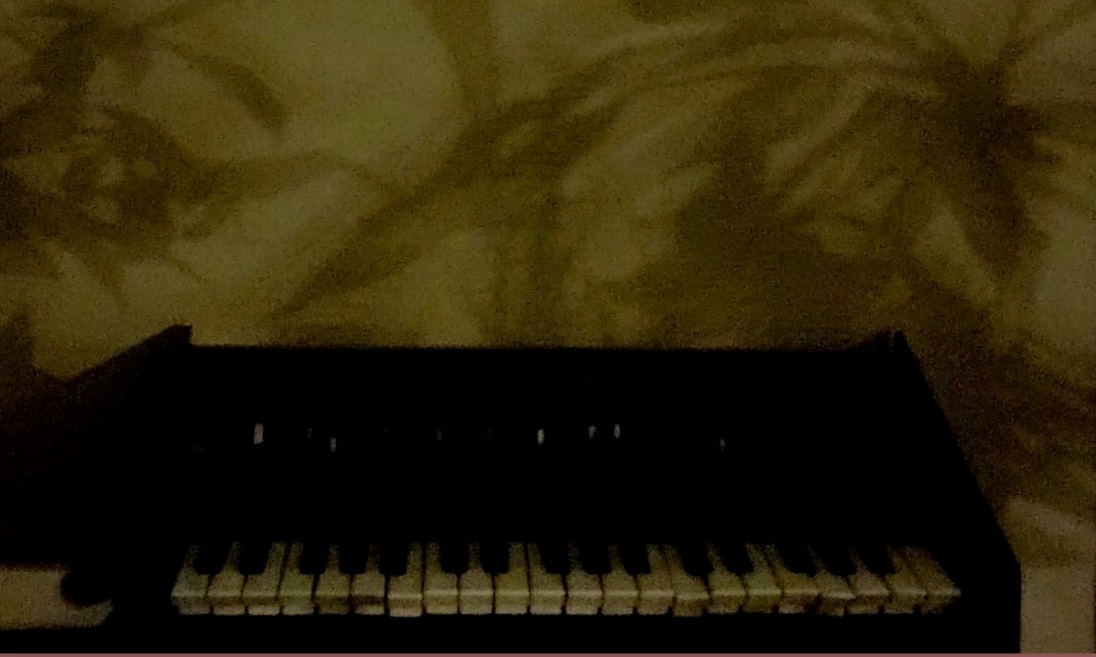
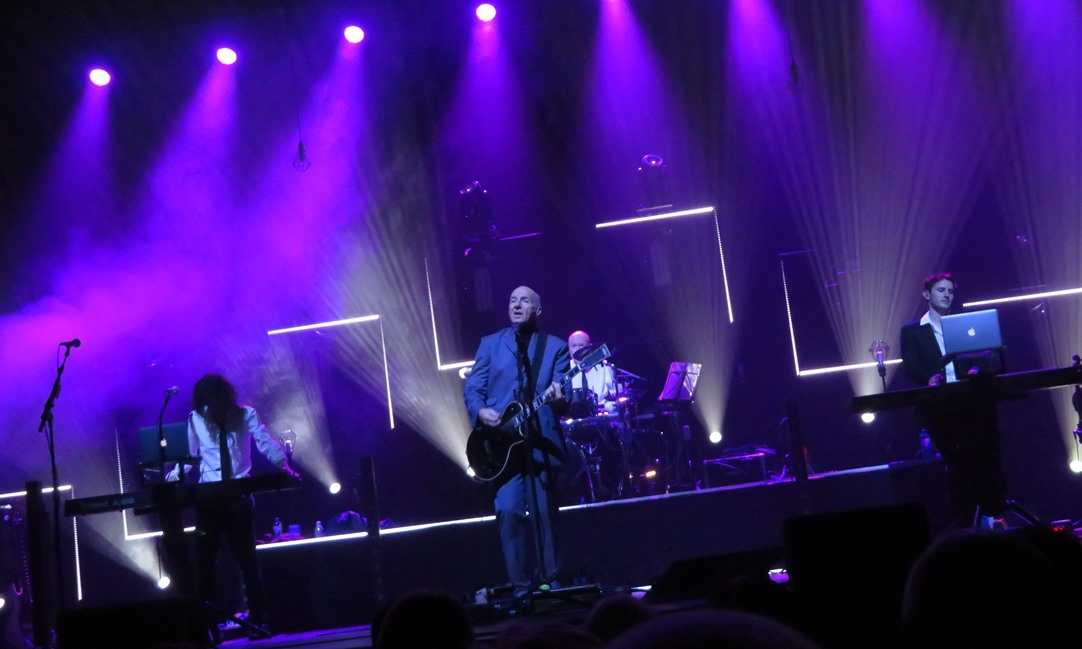
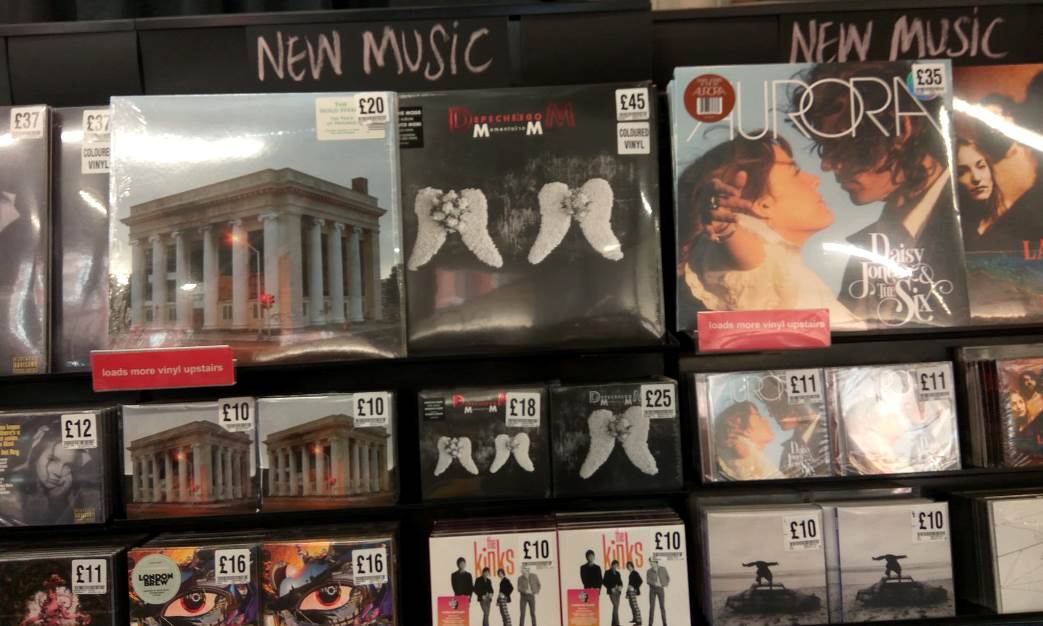
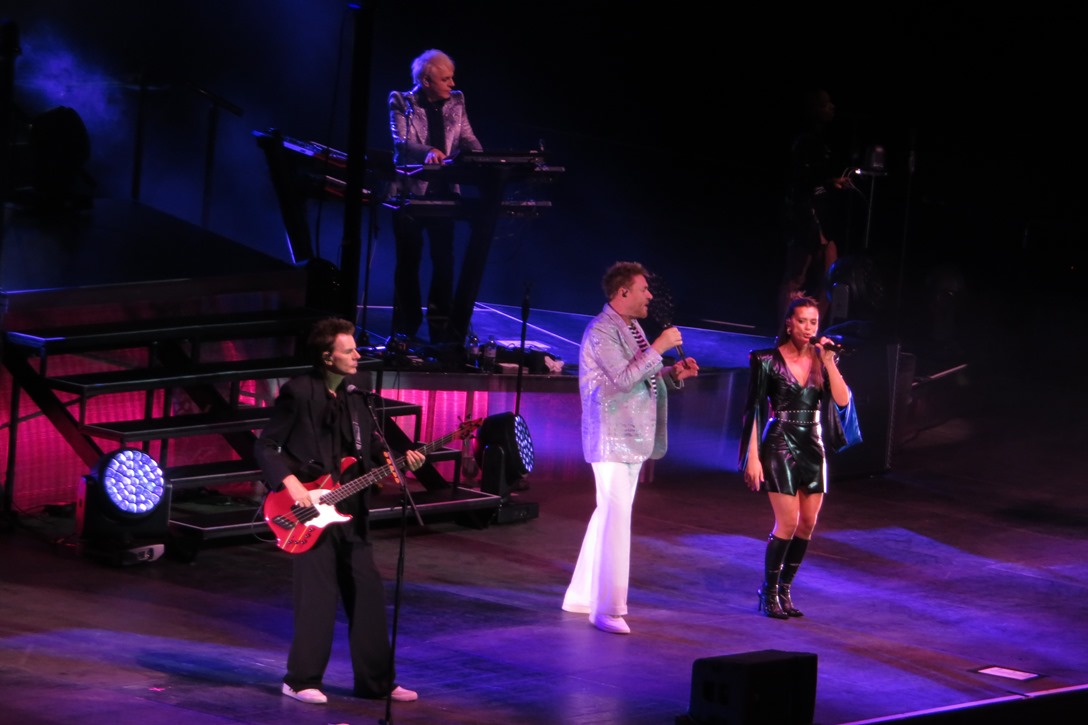
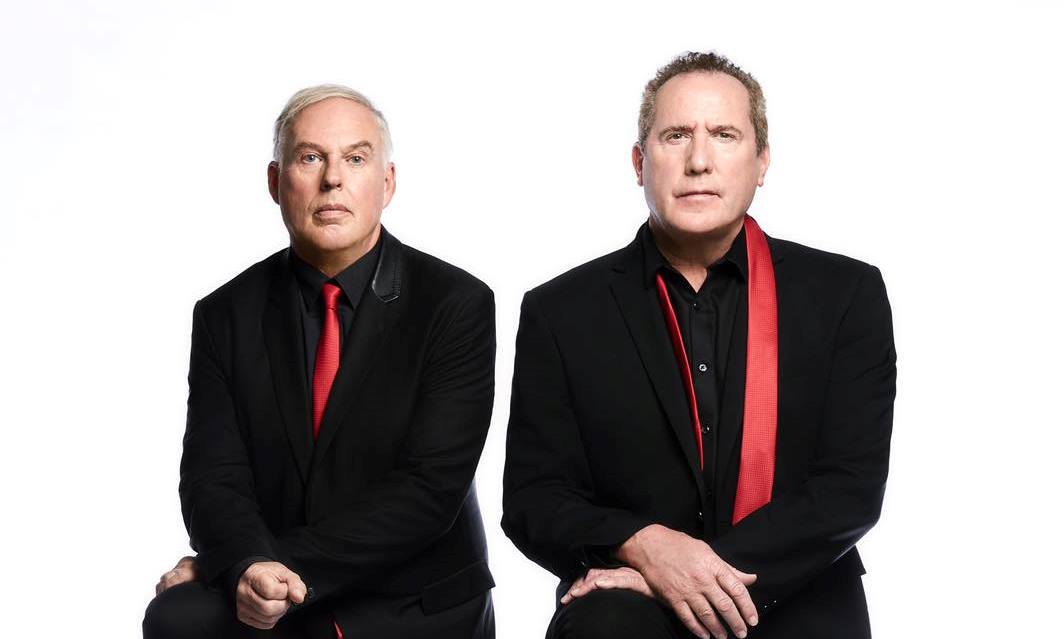
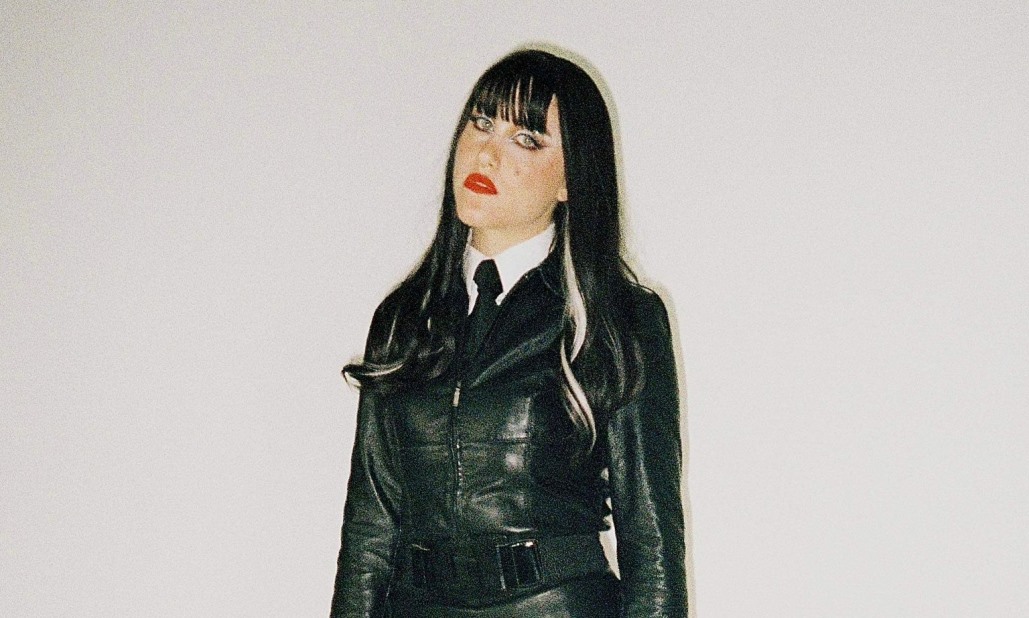
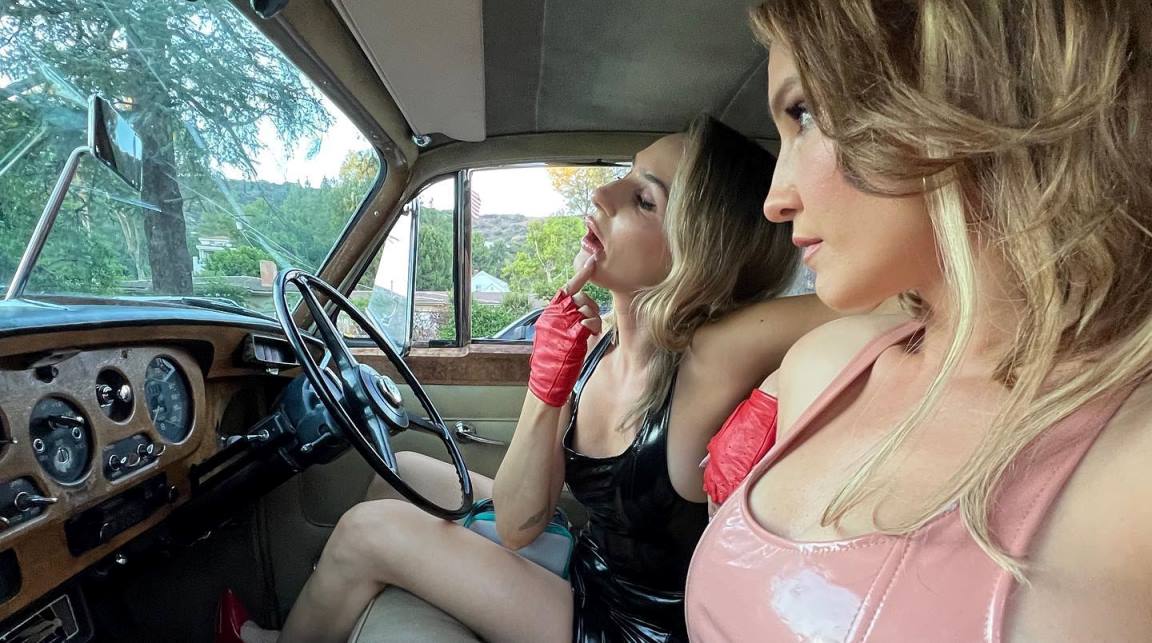
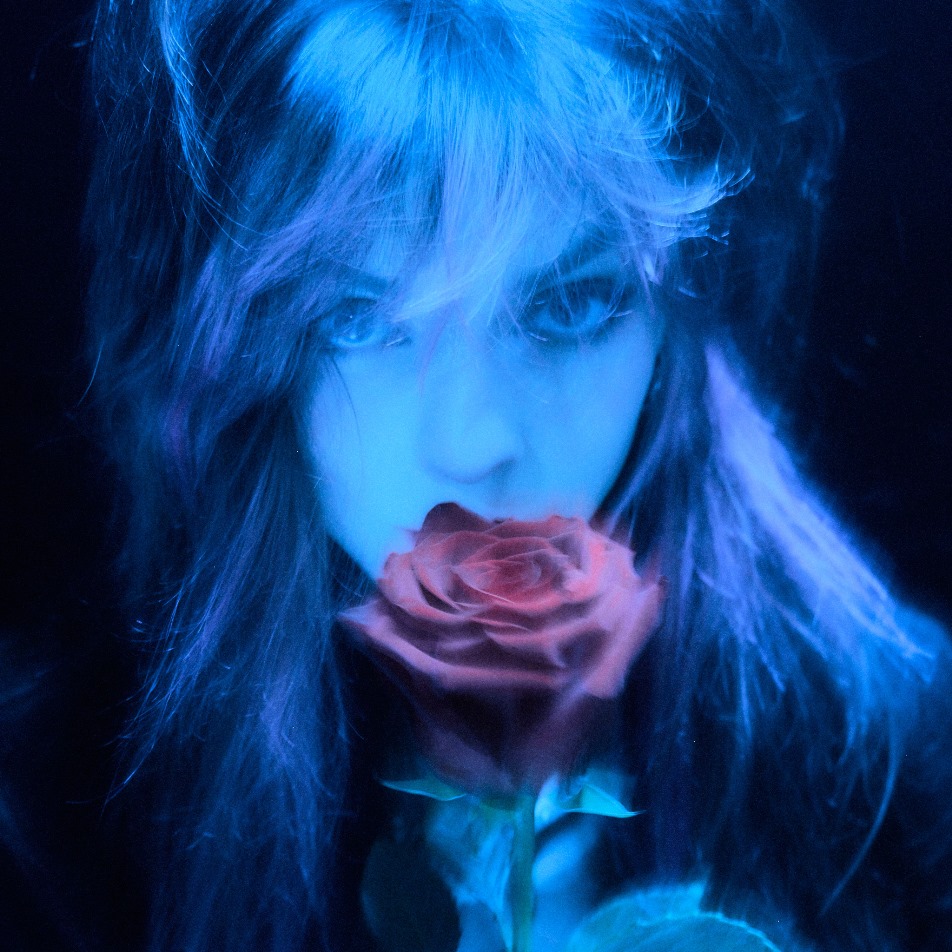
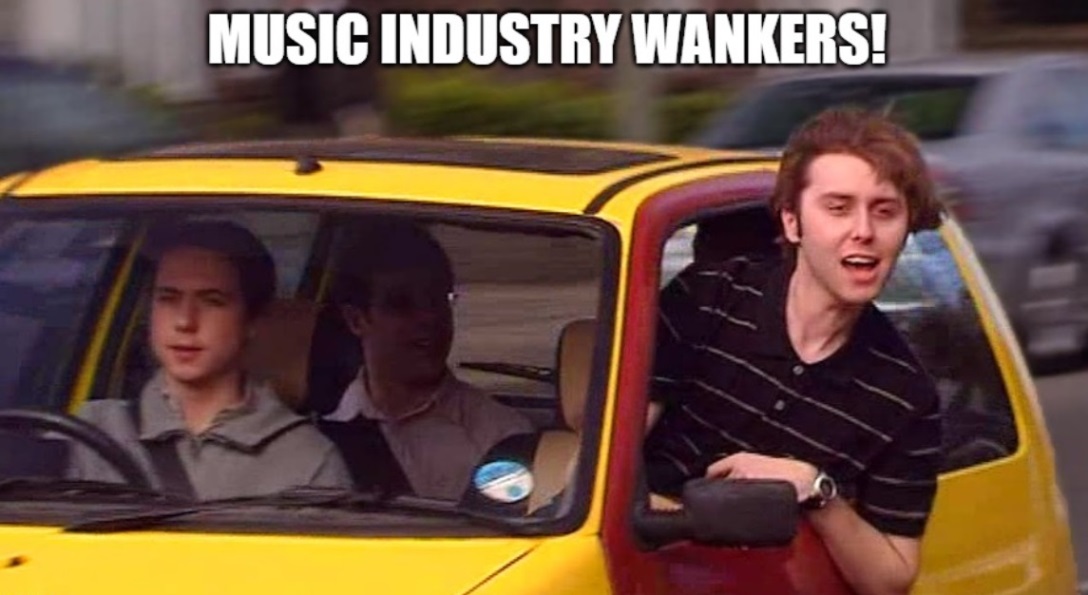
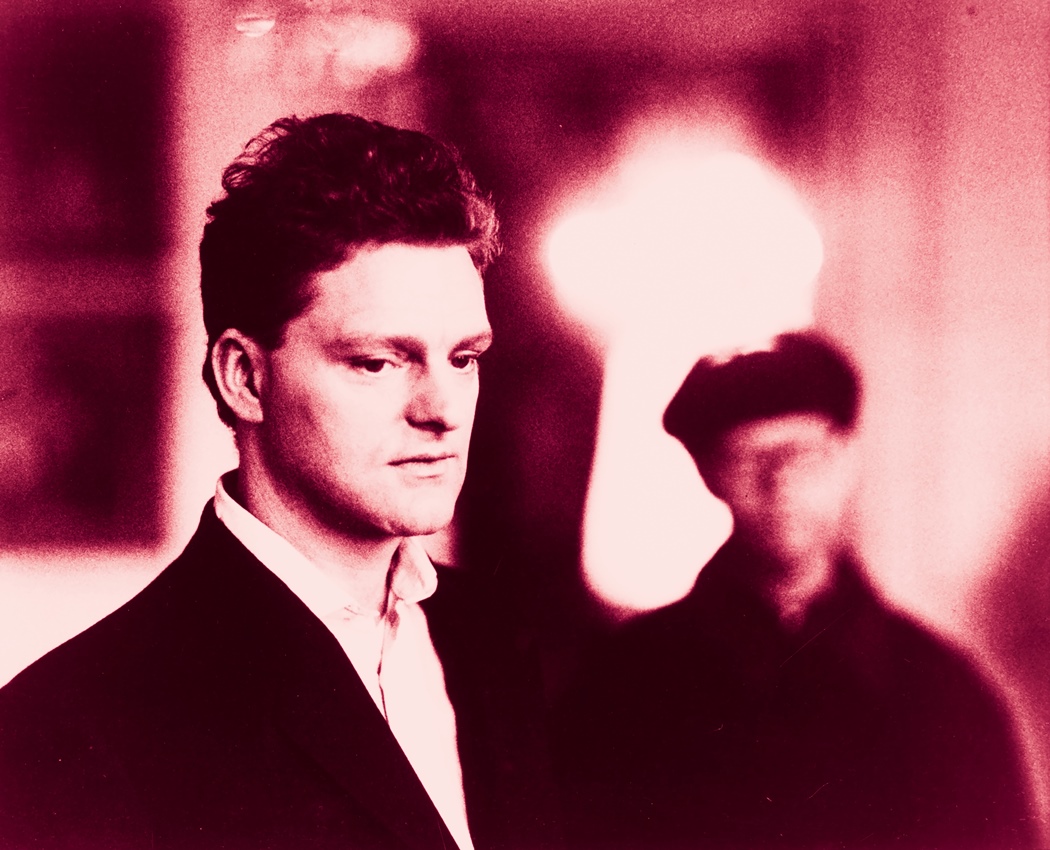
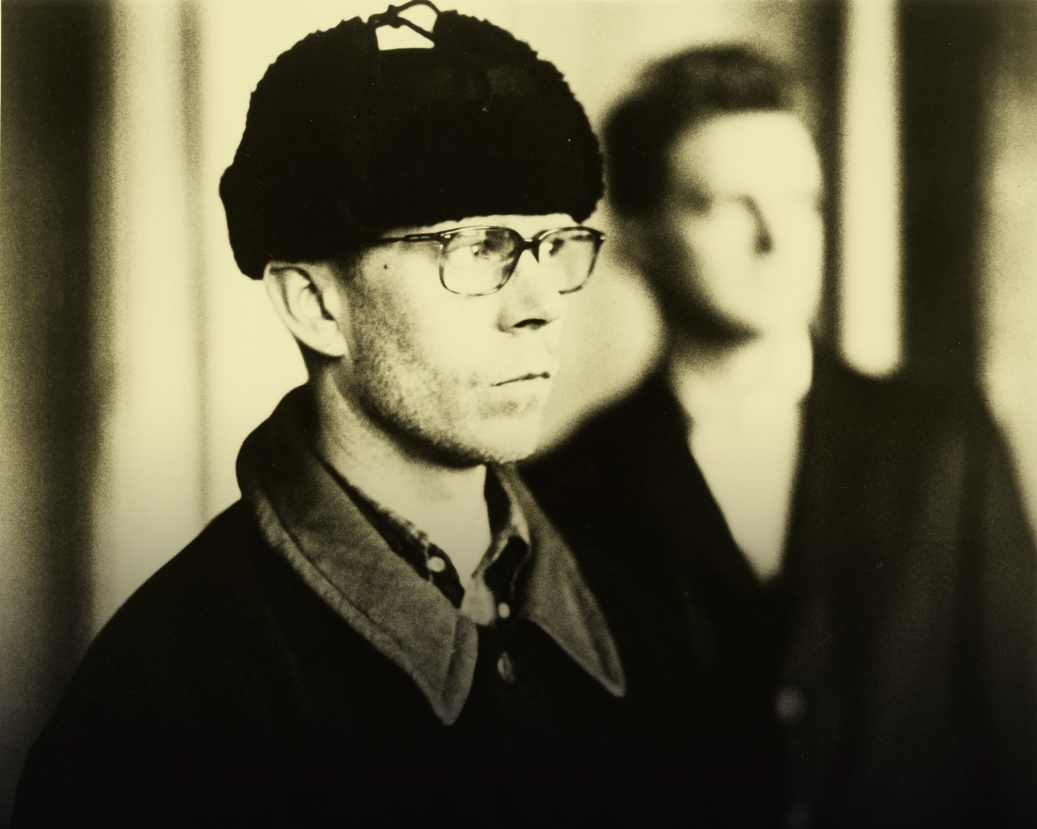
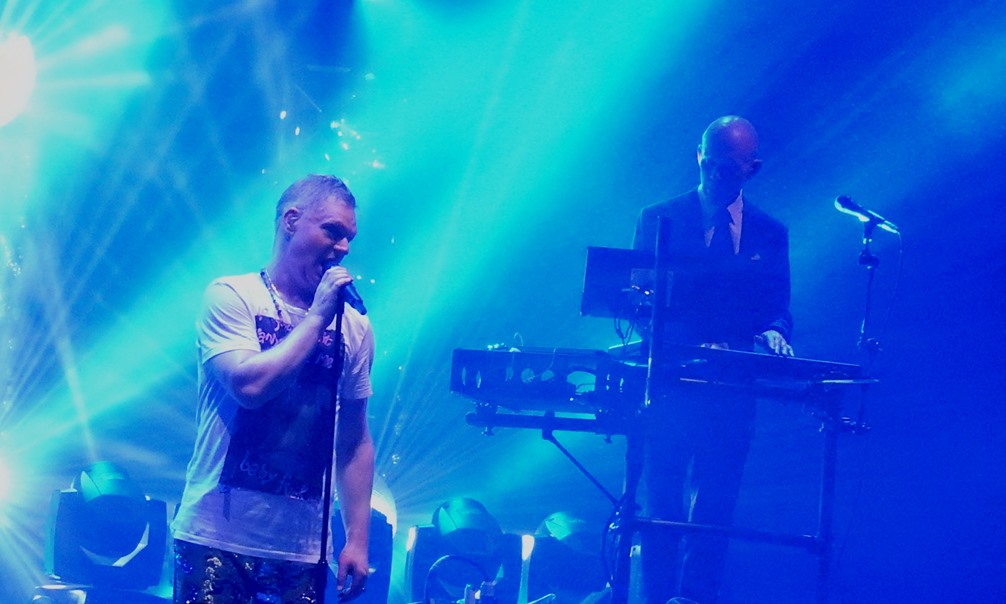
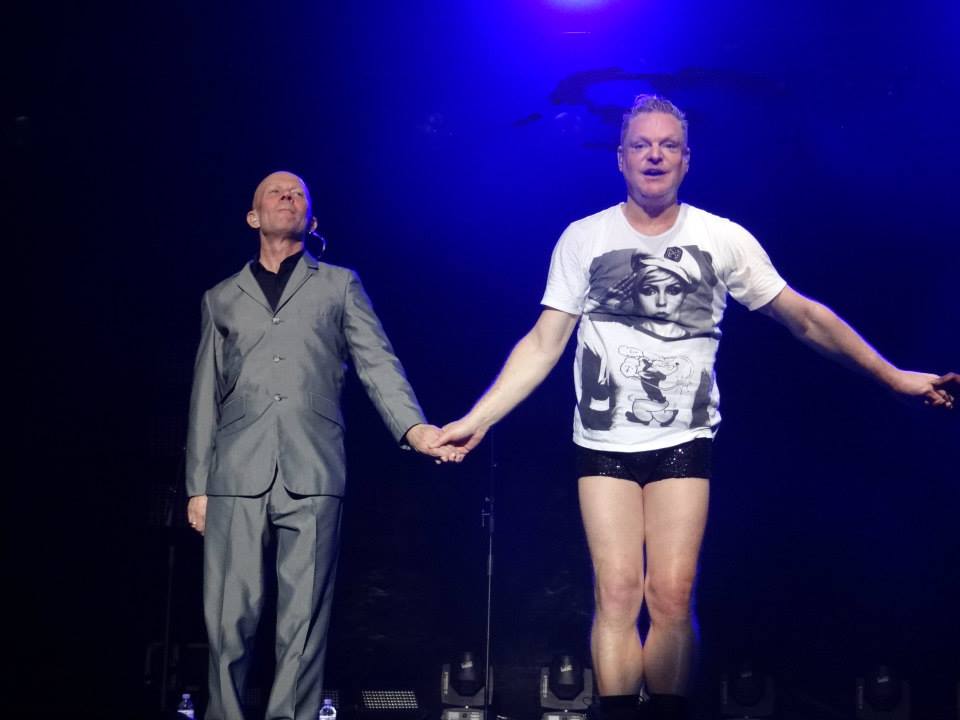
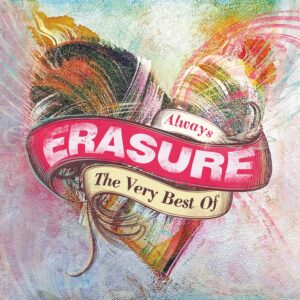
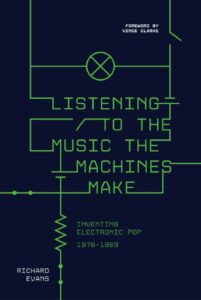
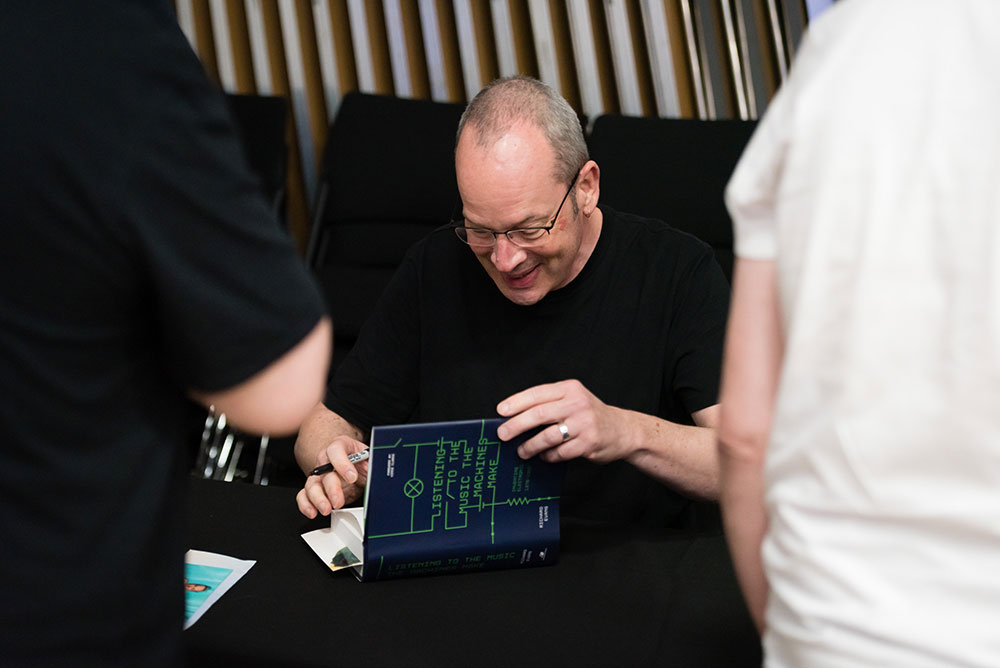
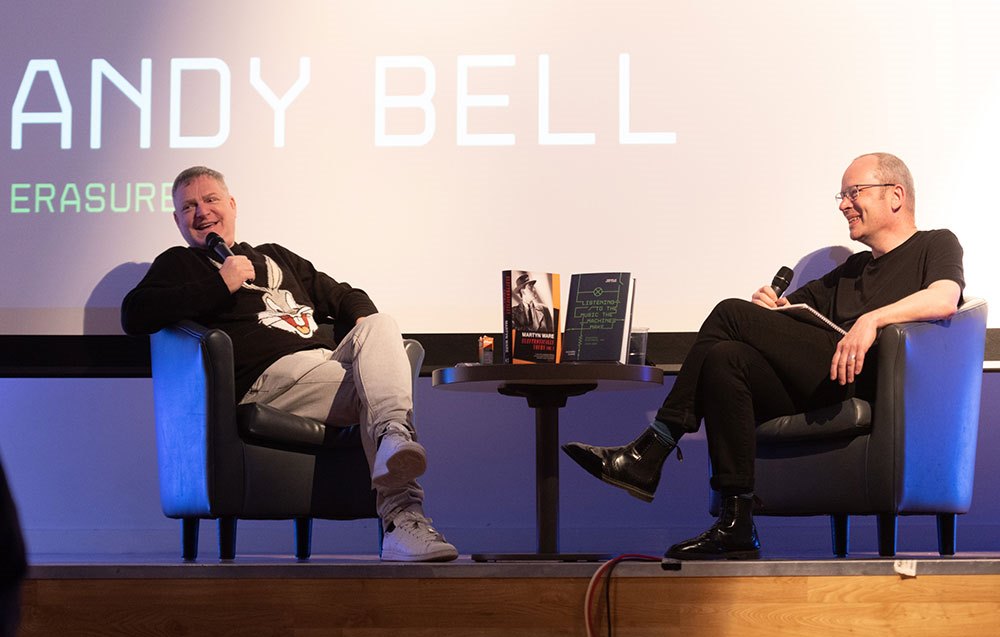
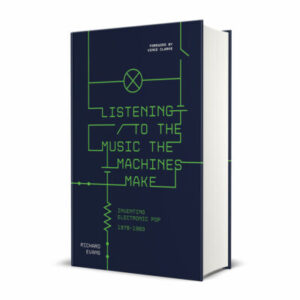
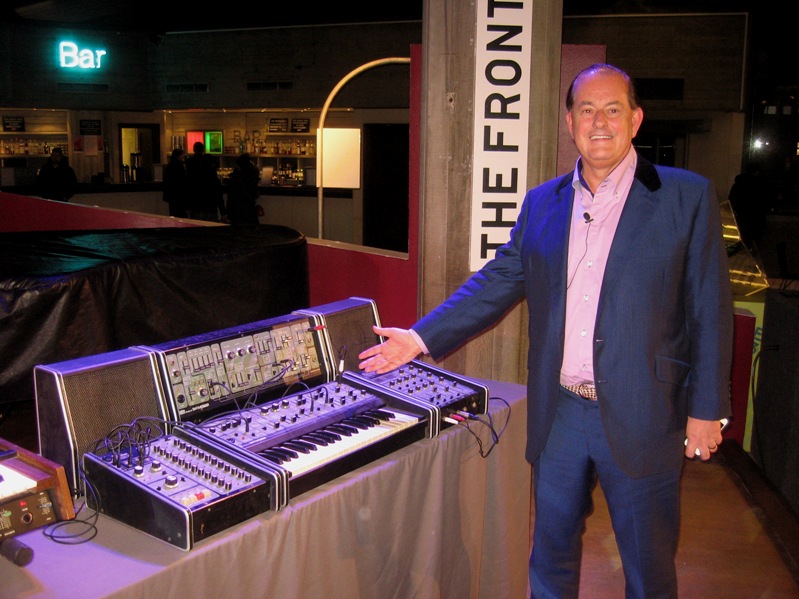
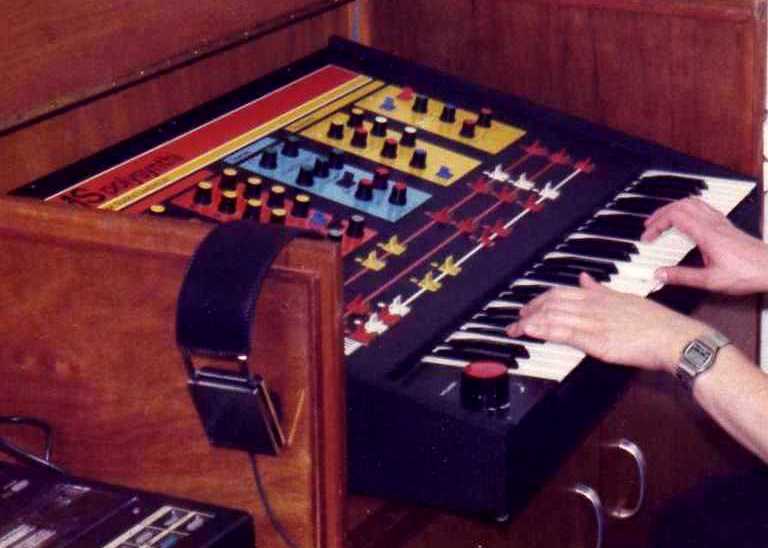
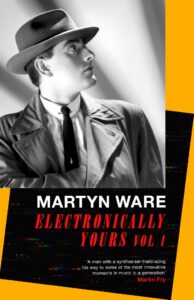
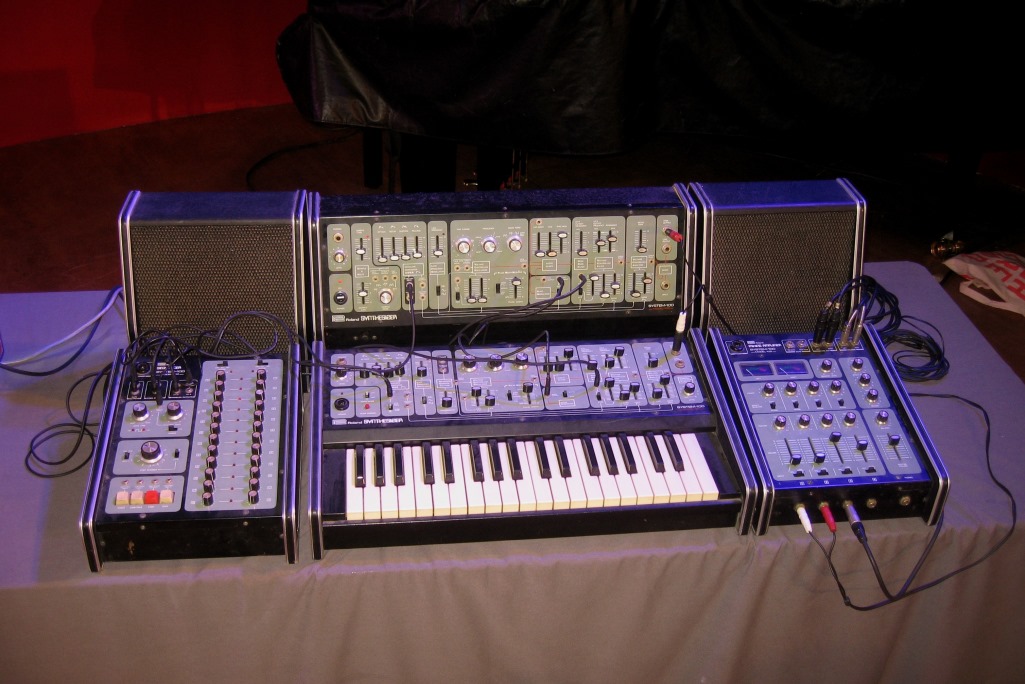
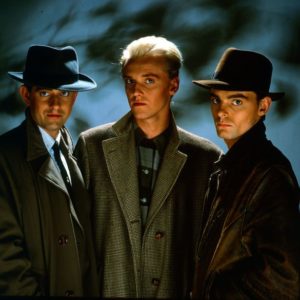
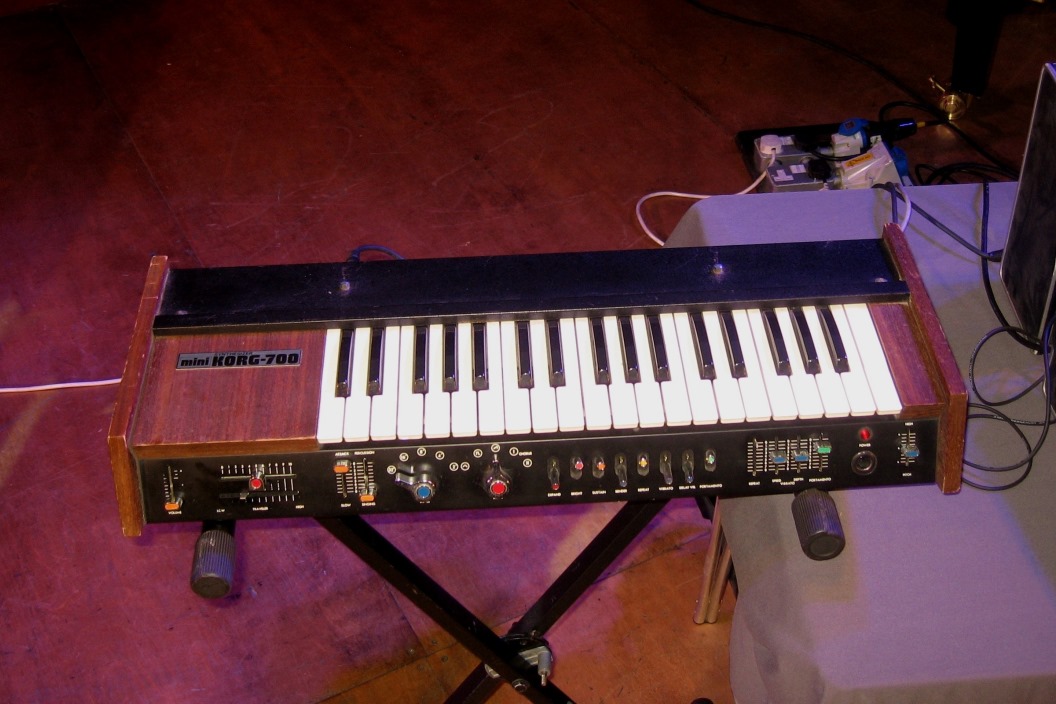
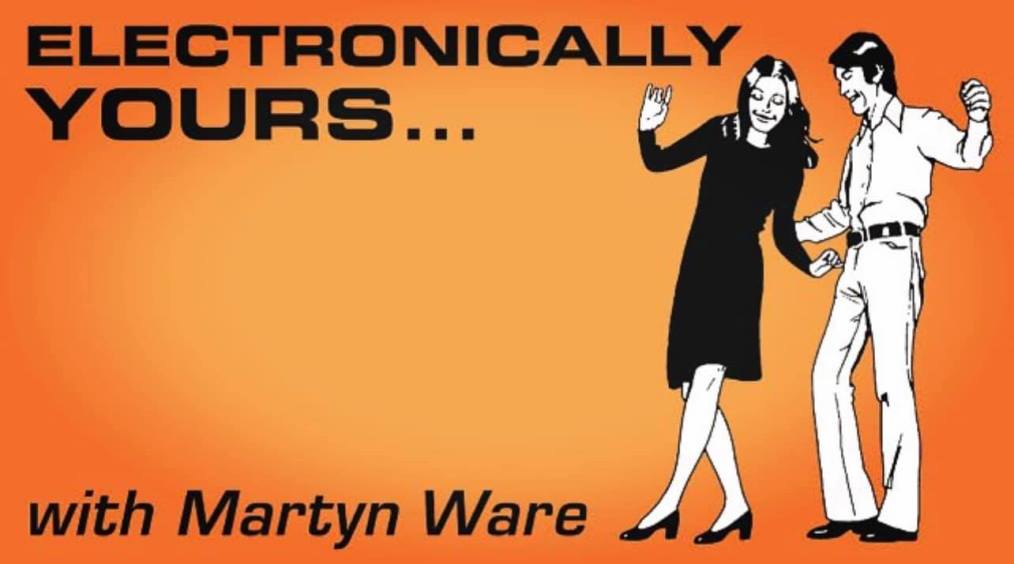
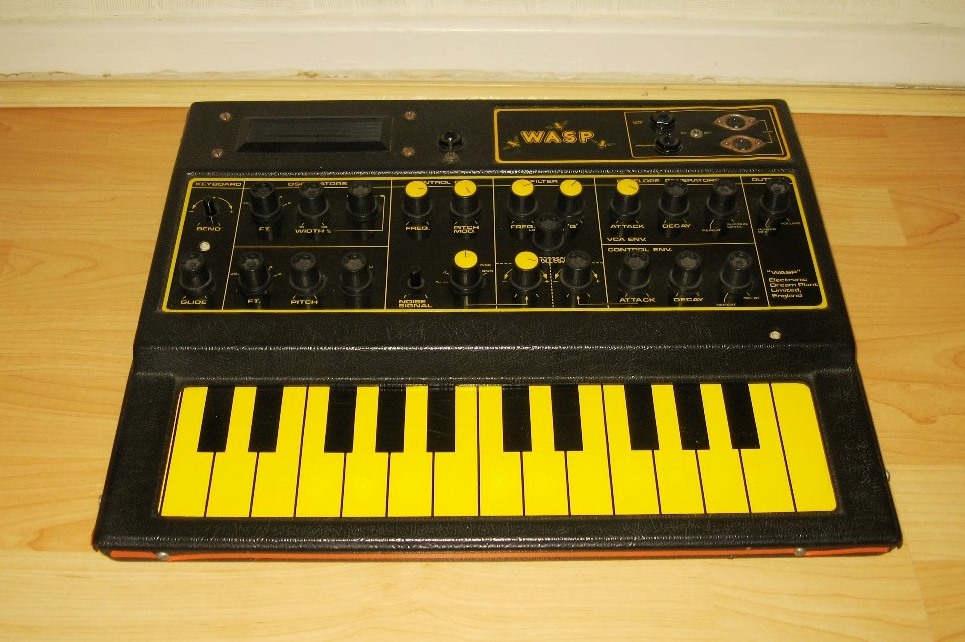
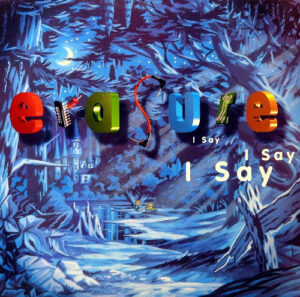
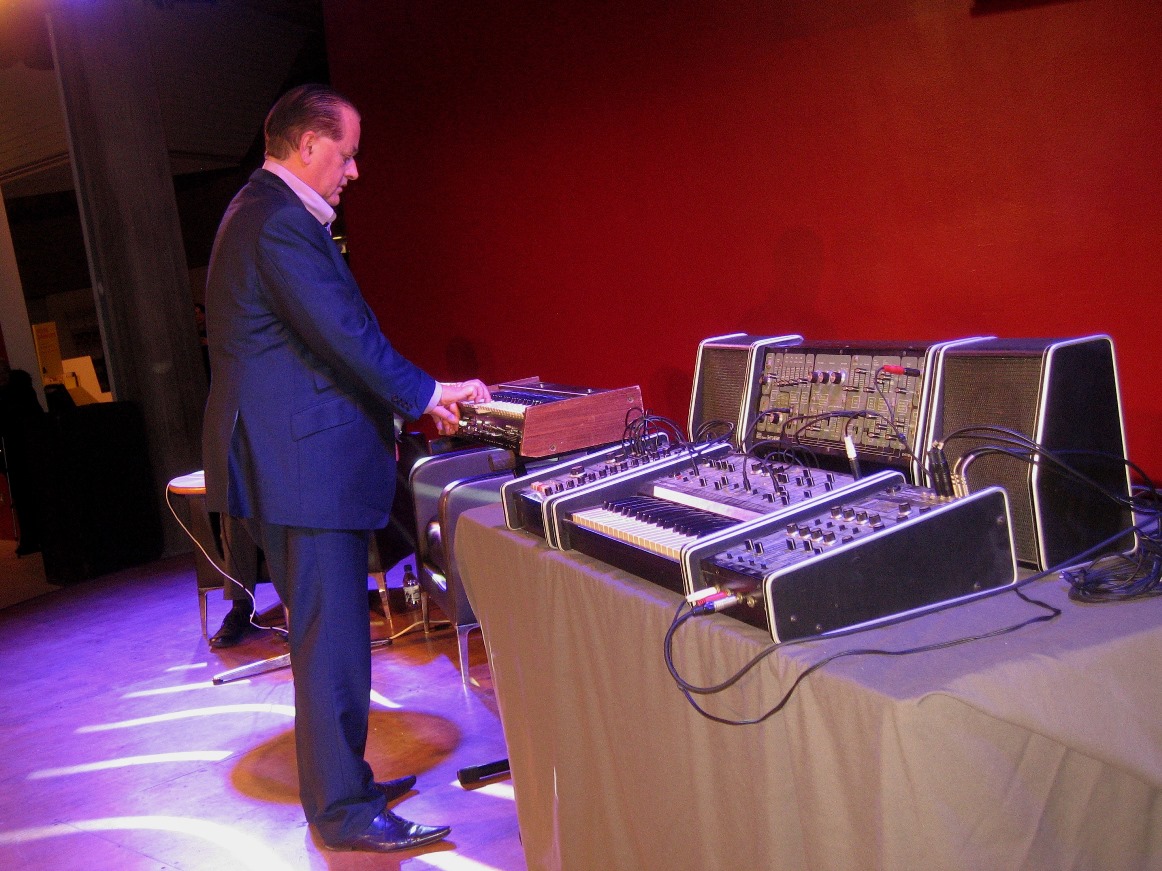
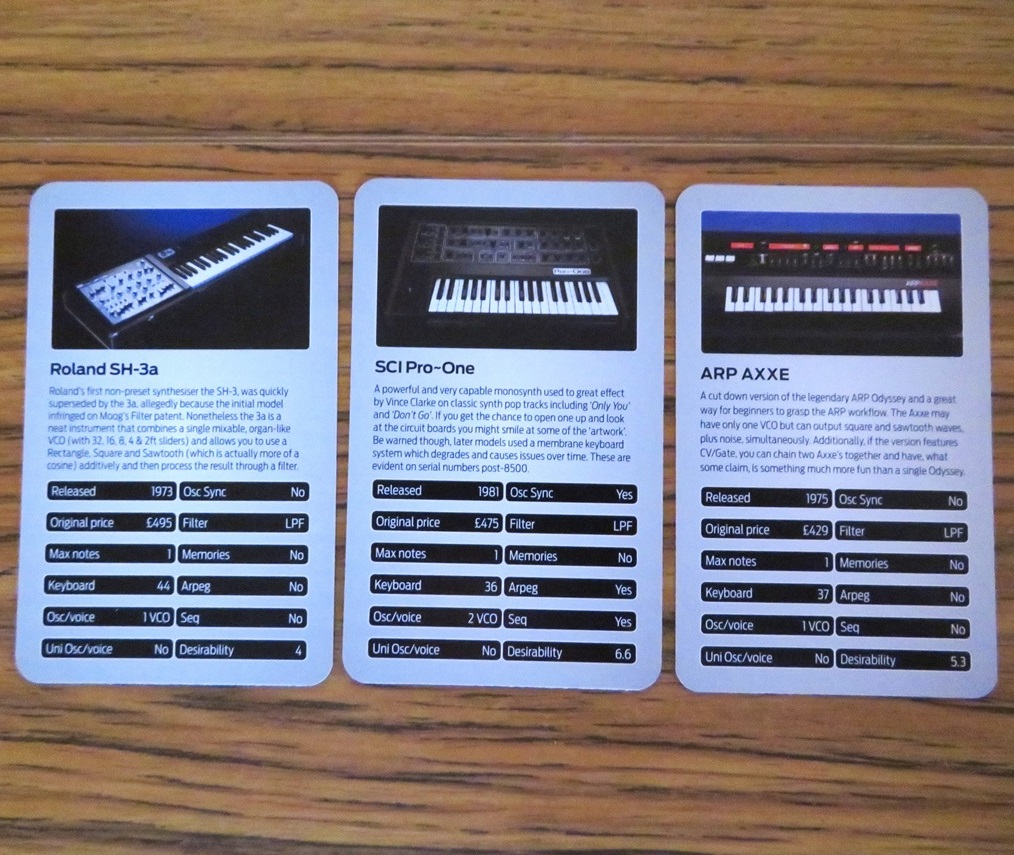
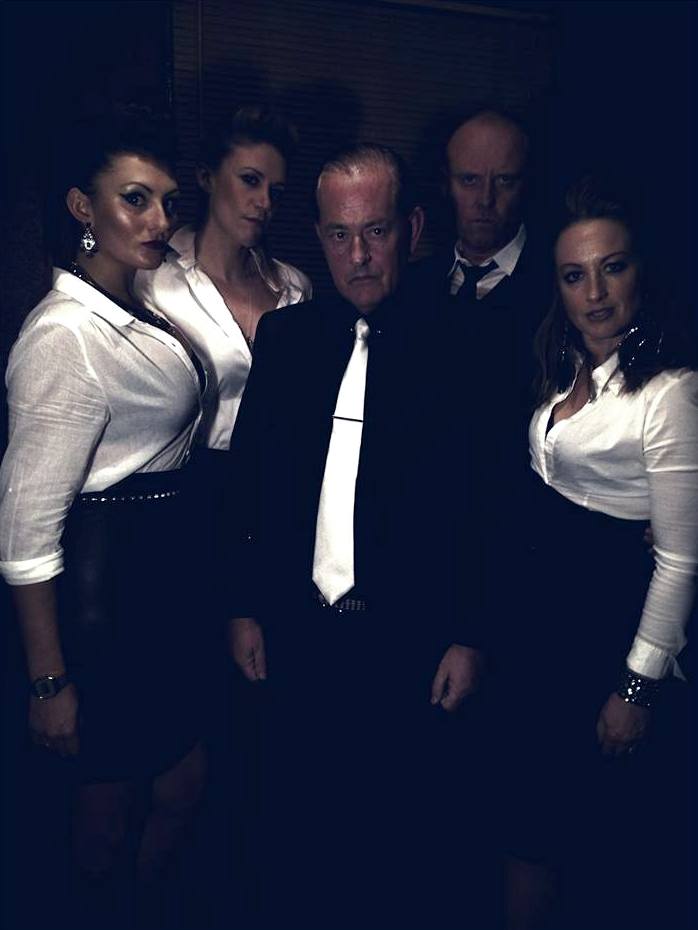
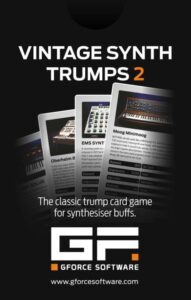
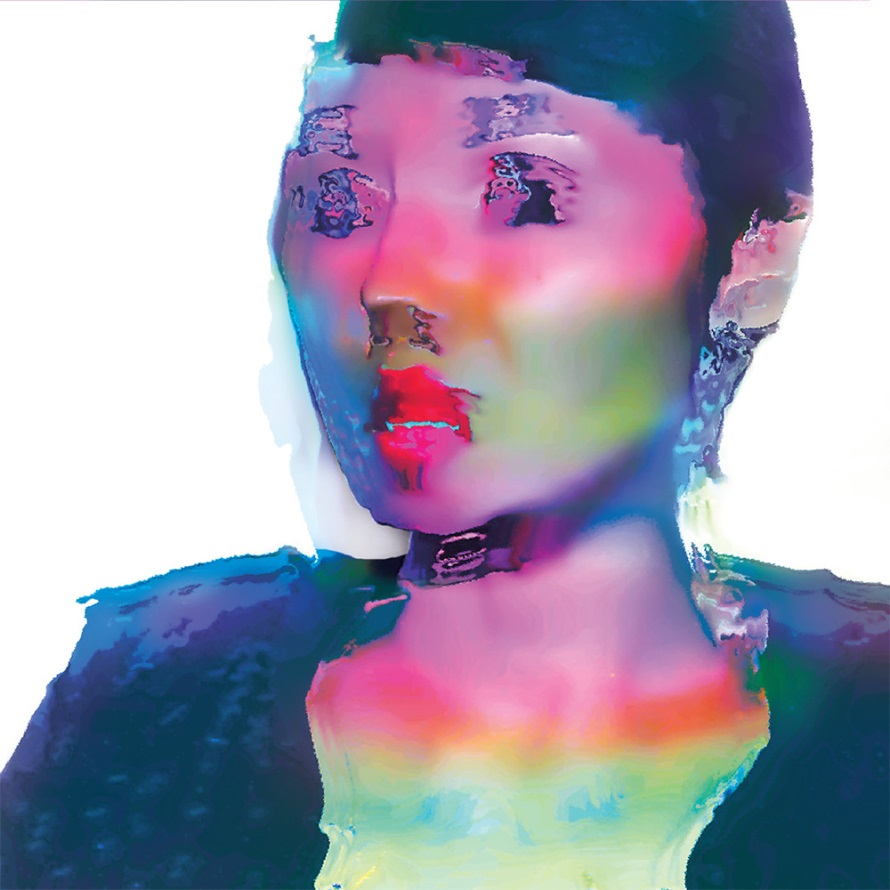
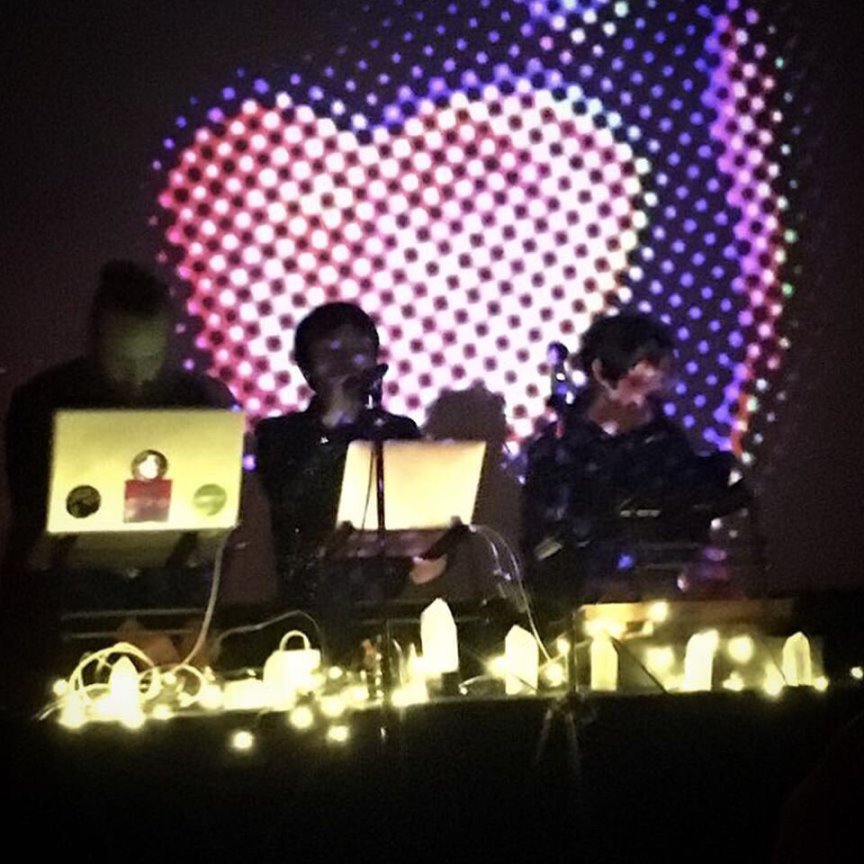
Follow Us!